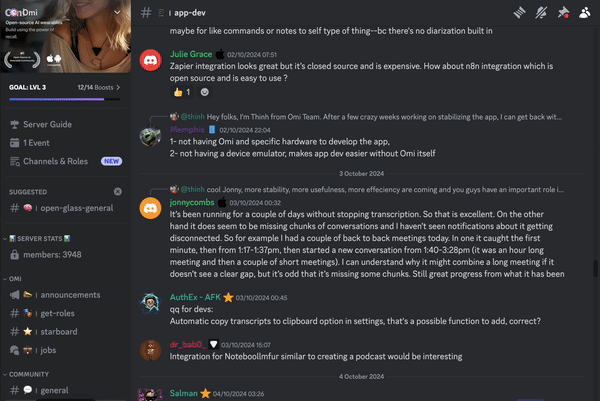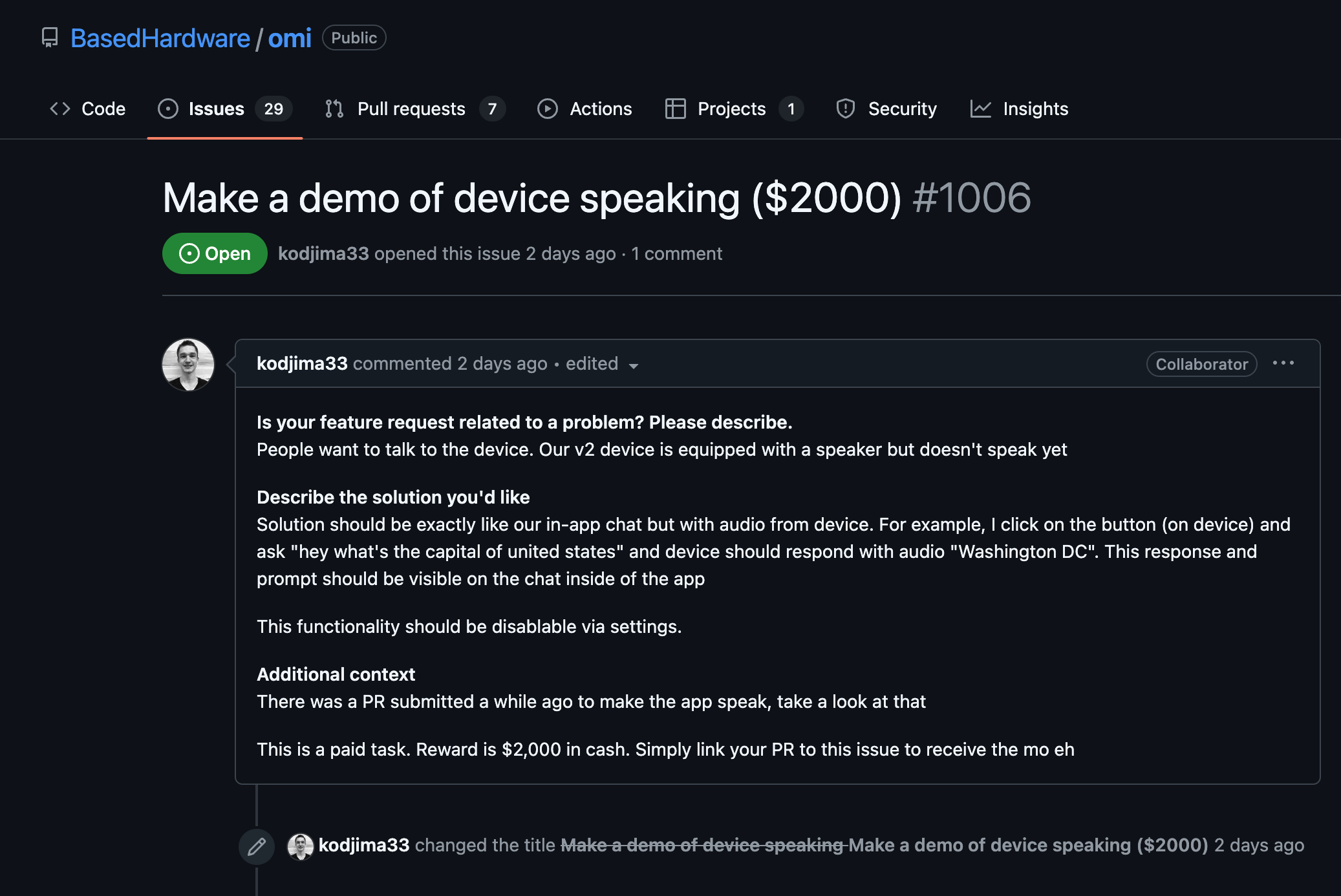Check Array or List Indexing
- Ensure that any array or list indices in your TensorFlow code fall within the valid range. Double-check the index values used in all your tensor operations.
- Review suspicious lines for mistakes related to dimension sizes or iterations that might run out of boundaries.
import tensorflow as tf
input_data = tf.constant([1, 2, 3, 4, 5])
index = 5
# Correct the index range
if index < len(input_data.numpy()):
print(input_data[index])
else:
print("Index out of range.")
Validate Tensor Shape Before Operations
- Before performing any operation, validate that the tensor shapes are aligned as expected to avoid indexing issues.
- Use assertions or conditional checks to ensure operations are conducted on correctly shaped tensors.
tensor_a = tf.constant([[1, 2], [3, 4]])
tensor_b = tf.constant([1, 2, 3])
# Validate shapes before performing operations
if tensor_a.shape[1] == tensor_b.shape[0]:
result = tf.matmul(tensor_a, tf.reshape(tensor_b, (-1, 1)))
print(result)
else:
print("Shape mismatch between tensor_a and tensor_b.")
Use try-except Blocks for Safe Execution
- Implement error handling using try-except blocks to catch and manage IndexError exceptions gracefully.
- This will help you debug issues swiftly by not halting the entire TensorFlow execution.
tensor = tf.constant([[1, 2], [3, 4]])
try:
print(tensor[1, 2])
except IndexError as e:
print(f"An error occurred: {str(e)}")
Debug and Log Useful Information
- Use TensorFlow's logging and debugging functionalities to gather logs on tensor shapes and index usage.
- tf.print is particularly useful while debugging to trace tensor values and their states.
tensor = tf.constant([[1, 2], [3, 4]])
# Log the current state of the tensor
tf.print("Current tensor shape:", tf.shape(tensor))
tf.print("Value at index [1, 1]:", tensor[1, 1])
Utilize TensorFlow Functions for Better Index Management
- Where feasible, utilize functions like `tf.gather` and `tf.slice` for more predictable and safer indexing.
- They offer better abstraction to avoid raw index computation errors.
tensor = tf.constant([10, 20, 30, 40, 50])
# Safe element indexing using tf.gather
indices = tf.constant([1, 3])
collected_elements = tf.gather(tensor, indices)
tf.print("Gathered elements:", collected_elements)


























